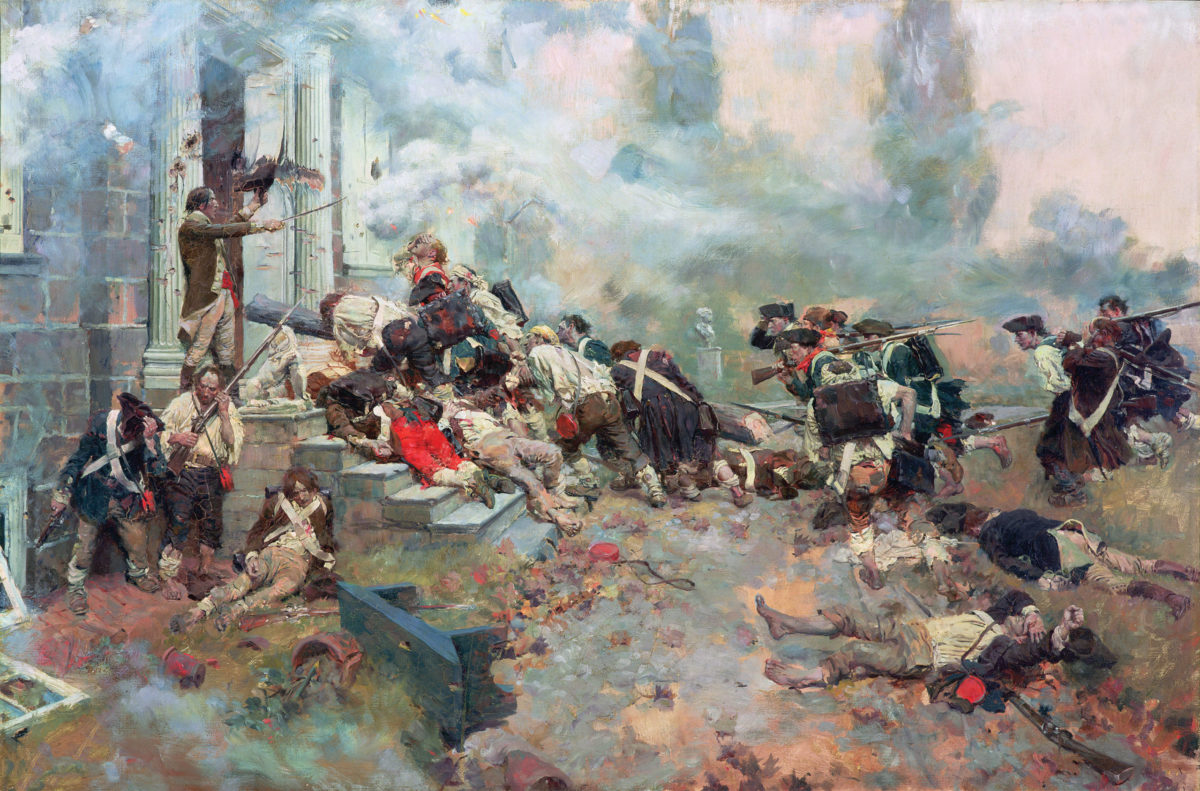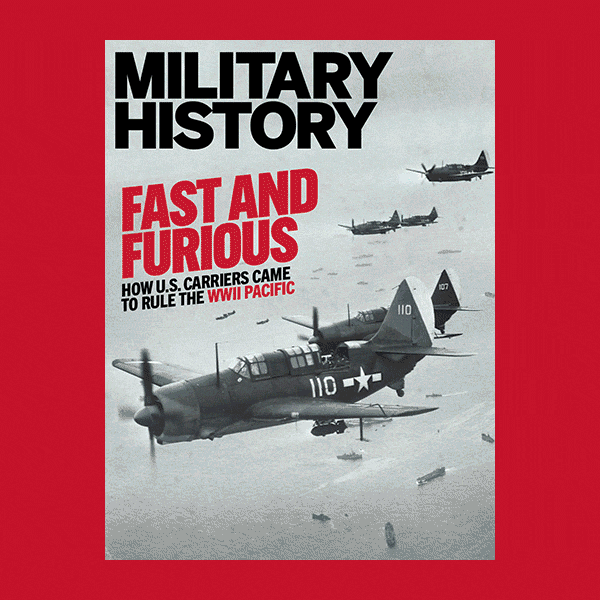By early afternoon on Sept. 11, 1777, Gen. George Washington’s Continental Army had been fending off Hessian assaults across Chadds Ford for several hours. Having reconnoitered the advancing British army under Maj. Gen. Sir William Howe, Washington had chosen a strong defensive position on the east bank of Pennsylvania’s Brandywine River. If his men could hold the fords, the enemy would be unable to cross from the opposite shore to threaten Philadelphia.
But around 2 p.m., as Washington surveyed the situation at Chadds Ford with some satisfaction, members of his staff noticed movement to the north. Scouts soon reported the approach of ranks of soldiers in red coats. Having crossed unguarded Jefferis Ford, 5 miles to the north, the main British body, led by Lt. Gen. Charles Cornwallis, had unexpectedly arrived on the American right flank in force with some 8,500 men. Washington’s staff, who only moments before had been calm and confident of the day’s outcome, searched frantically for reinforcements to counter the British flank attack and stave off disaster.
Among the American commander’s harried subordinates was a young and enthusiastic South Carolinian named John Laurens, who had joined the Continental Army a month earlier. Well educated, well connected and fluent in French, he’d been appointed to Washington’s staff as an aide-de-camp. While three divisions under Maj. Gen. John Sullivan rushed to the right to confront the British flank attack, Laurens rode in the opposite direction, looking for Maj. Gen. Nathanael Greene on the American left.
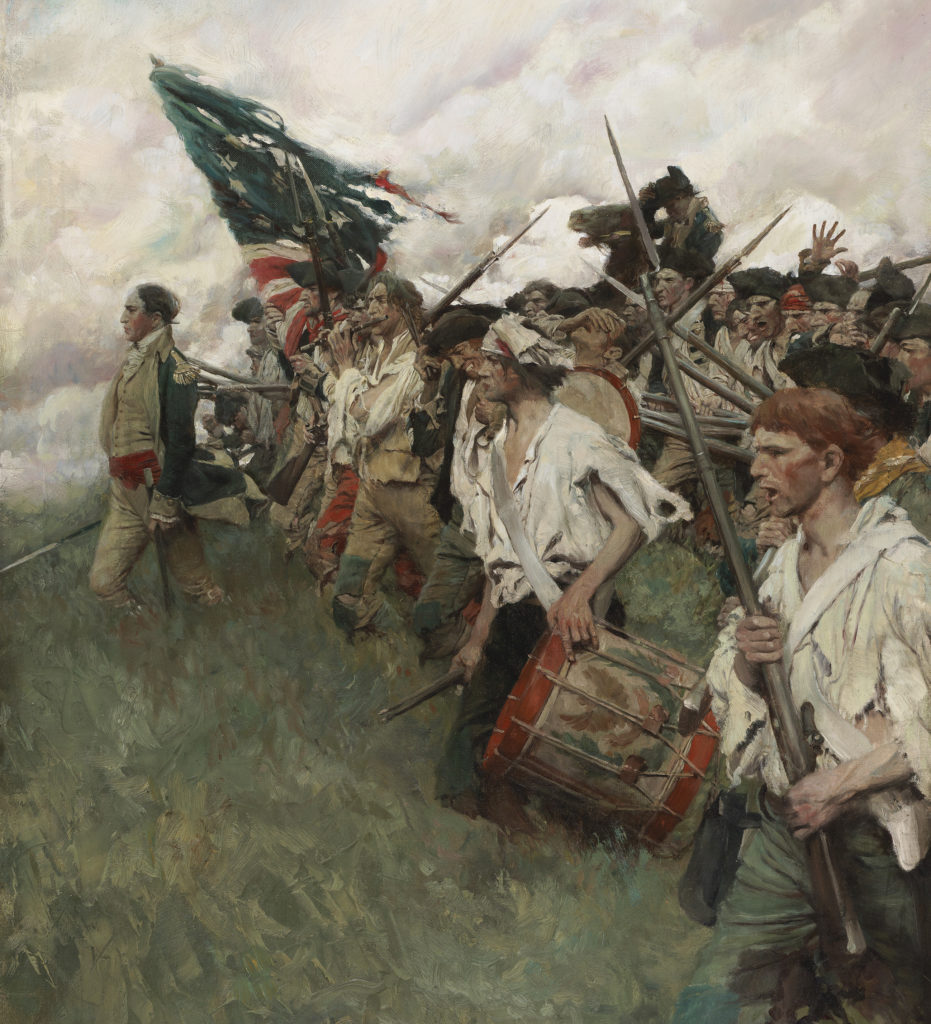
As Greene’s reinforcing division pivoted to confront the British flanking force, it was inundated with panicked Americans from Sullivan’s crumbling divisions. Mustering the energy and determination for which he would become famous, Laurens rallied many of the fleeing men under fire. Greene and his ad hoc mixture of Regulars and militia then made their stand on high ground near the Birmingham Meetinghouse. Conspicuous among the combatants was Laurens. The young South Carolinian wasn’t the only brave man on the field that day, but he certainly inspired many others to stand and fight. The men on Birmingham Hill put up a stubborn defense against veteran British soldiers, thus allowing Washington’s army to conduct an orderly retreat. Although the Battle of Brandywine was a defeat for the Americans, and the British went on to capture Philadelphia, the bravery of Greene’s men and those Laurens had cobbled together had kept the withdrawal from turning into a rout. “It was not his fault that he was not killed or wounded,” quipped Gilbert du Motier, the Marquis de Lafayette, of Laurens’ conduct during the battle. “He did everything that was necessary to procure one or t’other.”
And so began the inspiring and tragically brief military career of John Laurens.
BOrn to Wealth
Born on Oct. 28, 1754, in Charleston, South Carolina, Laurens was raised in affluence. His father, Henry Laurens, was one of the wealthiest plantation owners in the British province. But in childhood John was surrounded by death. Of Henry and wife Eleanor’s dozen children, only five survived to adulthood. John not only watched his siblings die, but also lost his beloved mother, in 1770 at age 15. Despite such emotional trials, John grew into a highly intelligent and capable young man. A year after his wife’s death, Henry Laurens moved to London with two of his surviving three sons (the third already resided there), leaving his daughters in the care of their Uncle James in Charleston. Henry gave John the best education money could buy, including personal tutors and some of the finest private schools in Switzerland and England.
By the outbreak of the American Revolutionary War young Laurens was studying to become a lawyer at London’s prestigious Middle Temple. It was around that time friends introduced him to the abolitionist movement. John attended many meetings and debates on the issue and soon became a strong proponent of the cause, a most unusual position for a Southern aristocrat whose father owned a half dozen plantations and one of the leading slave-trading houses in North America.
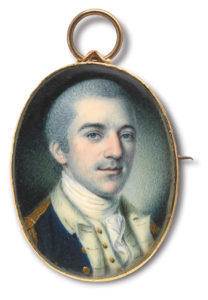
Like many of the soon-to-be American founders, Laurens read enlightenment philosophy, and in response to Britain’s heavy-handed tax policies and its refusal to grant the colonies direct representation in Parliament, he became convinced Americans should seek independence from the Crown. Indeed, the cause of American liberty became an obsession that would consume the remaining years of his life. When tensions in the colonies erupted into open rebellion, Laurens read with increasing alarm of the siege of Boston, the Battle of Bunker Hill, Washington’s flight from Long Island and other desperate actions. By then Henry Laurens had returned stateside to lend a hand to the political cause. Son John had made a life in London, in 1776 marrying Martha Manning, the English daughter of a prominent family friend. But as the bad news from home piled up, young Laurens also felt compelled to return home — to join the fight. So, in December 1776 he said his farewells to Martha (pregnant with their daughter) and boarded a ship bound for the colonies. He arrived in Charleston in April 1777 and traveled to Philadelphia, where Henry Laurens took a proffered seat in the Continental Congress and secured 22-year-old son John a position on Washington’s staff.
IN Battle
After defeating the Americans at Brandywine that September, the British captured Philadelphia. Leaving a 3,000-man garrison in the city, Howe then moved his 9,000-strong main army north to the nearby village of Germantown. Presented a chance to decisively defeat the British—much as he had the Hessians at Trenton earlier that year — Washington led four columns to converge on Germantown, marching overnight for what he hoped would be a surprise attack.
Just after 5 o’clock on the morning of Oct. 4 the undetected Continentals made contact with British pickets on the outskirts of town. Laurens was in the vanguard and took a musket ball to the fleshy part of his right shoulder during the initial engagement. Disregarding his wound, Laurens pushed forward with his fellow Continentals to Cliveden, attorney Benjamin Chew’s country estate, a stone structure packed with some 120 enemy troops.
Despite being outnumbered, the British stubbornly held their ground, shooting effectively from the second-story windows. An American officer under a white flag demanded the holdouts surrender, only to be shot dead for his trouble. The Continentals then brought a 6-pounder cannon to bear on the house, but the iron balls merely bounced off its sturdy walls. Laurens finally joined others in an effort to burn out the defenders. During the failed attempt he was badly bruised in the side by a spent ball. Washington had counted on surprise, but confusion due to heavy fog and the half hour delay at Cliveden gave the British plenty of time to form for battle and launch a counterattack that ultimately drove the Continental Army from the field.
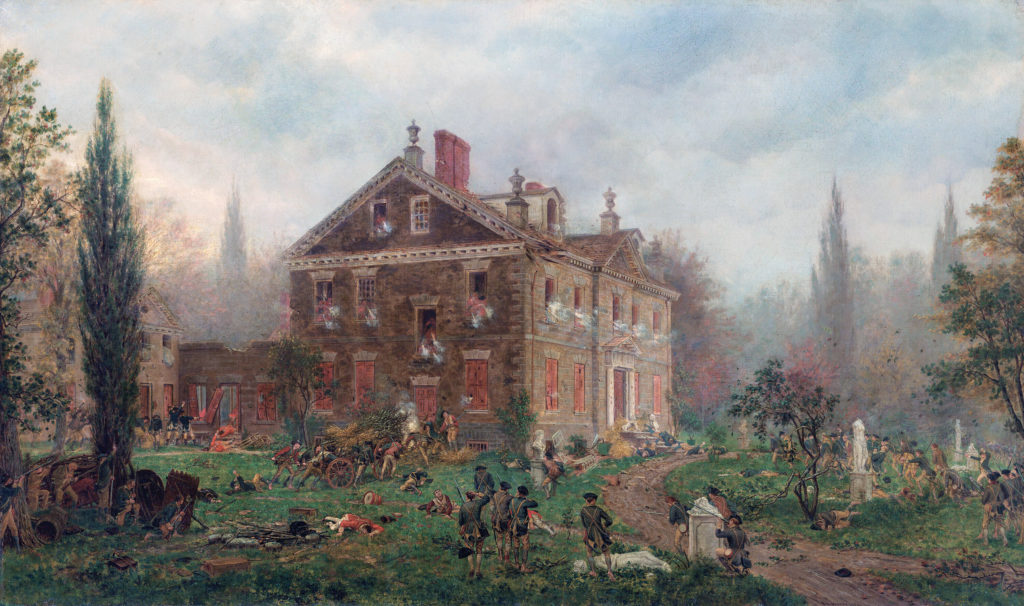
Following the defeat at Germantown, Washington established winter quarters at Valley Forge. While encamped, Laurens conceived a plan to form regiments of slaves, who would be given their freedom at war’s end. The plan gained traction in the North and received the approval of both Washington and the Continental Congress, but it predictably fell on deaf ears down South. Laurens’ home state of South Carolina had an acute shortage of soldiers for its defense. But even after the British seized Savannah and threatened Charleston, the South Carolina Legislature still overwhelmingly vetoed Laurens’s attempt to raise slave regiments within the state. Undeterred, Laurens pursued the cause throughout the war. Though individual liberty, natural law and self-government were bedrock principles of the American Revolution, abolition proved too radical a cause for the age, at least in the labor-dependent plantation South.
Strike Opportunities
Following the British near upset at Germantown on Oct. 4 and Maj. Gen. John Burgoyne’s humiliating defeat two weeks later at Saratoga, New York, Howe resigned his command. He was replaced by Maj. Gen. Sir Henry Clinton, who abandoned the Northern strategy, evacuated Philadelphia in June 18, 1778, and moved to consolidate his forces in New York.
As the dispirited British army plodded south across New Jersey, it presented Washington another irresistible opportunity. On the morning of June 28, as the British rearguard began to decamp, the van of the Continental Army under Maj. Gen. Charles Lee struck near the county seat village of Monmouth Courthouse. On seeing the mass of British infantry before him, however, Lee lost his nerve and ordered a retreat. The order angered many of his subordinates, none more than Laurens, who tried vainly to reverse the tide of panic-stricken Americans.
Arriving on the field, Washington took command of what was left of Lee’s forces and formed a defensive line on the high ground atop Perrine’s Hill. As the Americans beat back several British attacks, reinforcements arrived to bolster the Continental line. The fighting under a hot summer sun went on for hours until both sides were exhausted. Throughout the struggle Laurens was consistently in the midst of the fighting with the van of Americans battling their way across a bridge that spanned a ravine at the base of the hill. During the fierce hand-to-hand confrontation with an elite British grenadier battalion, Laurens received a glancing wound from a musket ball when his horse was shot out from under him. With the coming of night the British retreated on the road to Sandy Hook, where ships waited to transport them to New York. The Battle of Monmouth went down on the list of lost opportunities for the Continental Army. In the wake of the fiasco Laurens challenged Lee to a duel and wounded the feckless general in the side with his first shot. The duelists’ seconds ended the affair before Laurens could reload.
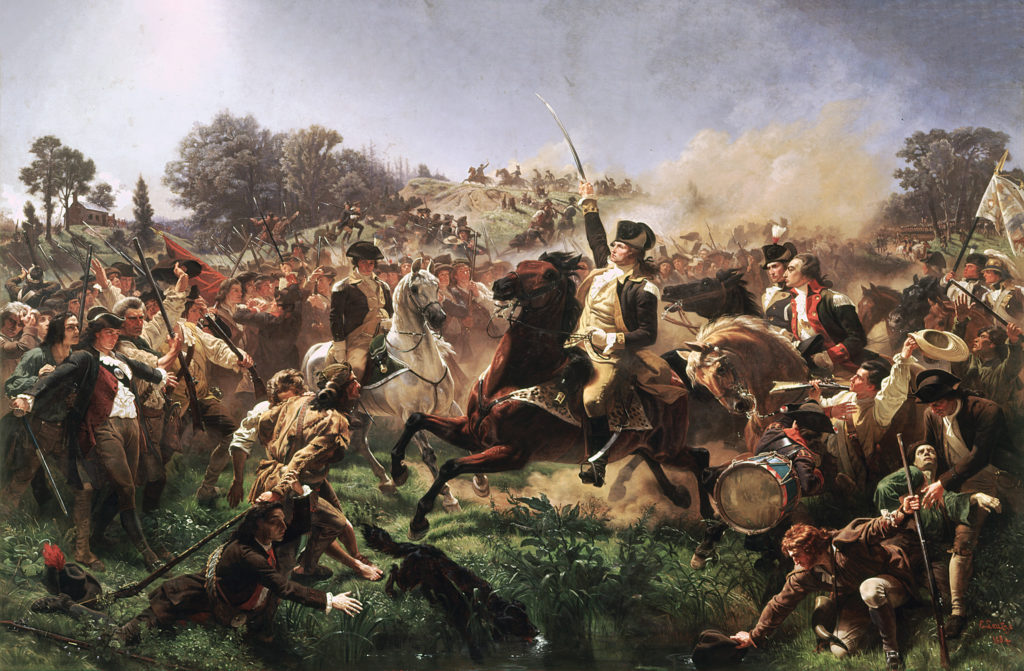
After Monmouth the British pursued a new strategy built around invading the Southern colonies. Their first move was the capture of Savannah on December 29. From there several thousand British troops marched northeast toward Charleston. With his hometown under threat, Laurens took leave from Washington’s army to join Maj. Gen. Benjamin Lincoln’s small army in the South Carolina Lowcountry. He soon found the action he craved during a May 3, 1779, skirmish along the Coosawhatchie River near Savannah. An incident there highlighted the young officer’s raw and often rash aggression.
Tasked with escorting a rearguard force of militia to Brig. Gen. William Moultrie’s main position, Laurens instead crossed the river looking for British to attack. He got more than he bargained for. Severely wounded in an enemy ambush, he nearly got himself and his whole outfit captured. Although his courage and fighting spirit were commendable, they sometimes led Laurens to make poor decisions. “Colonel Laurens was a young man of great merit and a brave soldier, but an imprudent officer,” Moultrie wrote in his postwar memoirs. “He was too rash and impetuous.” Thomas-Antoine de Mauduit du Plessis, a French artillery captain who fought alongside Laurens in the Continental Army, labeled the young American a “mad and rash fellow.”
GET HISTORY’S GREATEST TALES—RIGHT IN YOUR INBOX
Subscribe to our HistoryNet Now! newsletter for the best of the past, delivered every Monday and Thursday.
Back to It
After a short convalescence, Laurens returned to Lincoln’s army in time to participate in the October 1779 Franco-American siege of British-held Savannah. With French Vice Adm. Charles Henri Hector d’Estaing’s fleet blockading the harbor, ground forces launched the assault against British defenses on October 9.
In command of a mixed unit of South Carolina light infantry and dragoons, Laurens supported the main attack on a stiffly defended redoubt. Though repeatedly fired on by British defenders to their front and enemy artillery on either flank, the South Carolinians refused to retreat, but they were unable to surmount the parapet wall of the redoubt. A bayonet charge by emerging British troops degenerated into a brutal hand-to-hand fight that raged more than an hour. With mounting losses and no sign of victory or reinforcement, Laurens was compelled to retreat. His heroic recklessness spawned a number of legends. One account by John Church Hamilton, in a biography of famed father Alexander Hamilton, claimed that at the moment of defeat Laurens faced the enemy guns with arms spread wide in a Christlike pose, as if inviting death. Another spurious story had Laurens gazing down at fallen Americans outside the British redoubt, saying, “Poor fellows, I envy you,” before casting down his sword and withdrawing.
Attacks elsewhere along the line proved uncoordinated, and on Oct. 17 Lincoln and d’Estaing abandoned the siege.
In late March 1780 Clinton arrived on the outskirts of Charleston with his large army. Although more than a year had passed since the fall of Savannah, South Carolina was unprepared for the invasion, and Charleston’s defenses remained wholly inadequate. As the British laid siege to the city, Laurens was among the small number of Americans who rallied to its defense. They stubbornly held out for six weeks, surrendering on May 12 only when it became evident no reinforcements were coming. In keeping with the military etiquette of the day, Laurens and the other Continental officers were paroled, expected to sit out the fight till swapped in a prisoner exchange. In a letter to Washington two weeks later Laurens described the capitulation as “the greatest and most humiliating misfortune of my life.” Six months passed before the eager young officer was exchanged, after which he spent the better part of a year in France on a diplomatic mission. Congress had appointed him to the position, but he chafed to return to the fight. Laurens finally rejoined Washington’s army in Williamsburg, Va., on Sept. 18, 1781, just in time to participate in the siege of coastal Yorktown, occupied by a British army under Lord Cornwallis.
Winning the war
Approaching Yorktown in late September, Washington’s Continentals and their French allies surrounded the British defenses with parallel trenchworks from which to bombard the enemy. Laurens was intimately familiar with the siege technique, having been on the receiving end of it at Charleston.
Before Franco-American forces could extend their trenches within mortar range of the main British position, however, they would have to capture two outer defenses that protruded from the enemy lines. The plan of assault called for French troops to assault Redoubt No. 9, while the Americans tackled Redoubt No. 10. Lieutenant Colonel Alexander Hamilton would command the main assault on No. 10 while Laurens led a detachment around the rear of the redoubt to prevent the escape of any British soldiers.
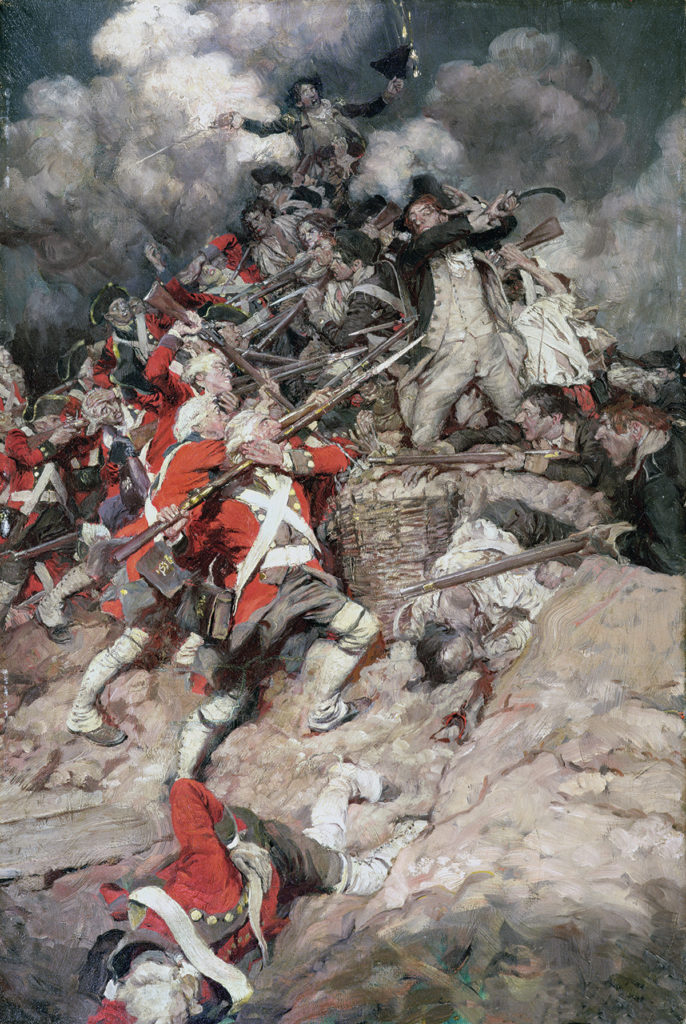
A daunting obstacle, Redoubt No. 10 was ringed with sharpened log abatis, palisades and a moat and manned by nearly 50 veteran British and Hessian soldiers under Maj. James Campbell. Hoping to avoid detection by its defenders, Hamilton and Laurens waited until nightfall on October 14, a moonless night, to launch their assault. Once in position, Hamilton’s 400 light infantrymen rushed across the no-man’s-land between opposing fortifications. They managed to cross undetected and begin chopping through the abatis before British defenders sounded the alarm and commenced lobbing grenades and pouring musket fire into the attackers. Moving swiftly through the remaining obstructions, the Americans scaled the parapet and entered the redoubt. Simultaneously, Laurens’ detachment entered the redoubt from the rear, the young officer personally capturing Campbell. The rapidity of the assault mercifully limited casualties on either side.
With the loss of the redoubts, Cornwallis knew it was only a matter of time before he would be compelled to surrender. Four days later, when the terms were being negotiated, Laurens was given the honor of representing the Americans. Cornwallis wasn’t present, and he refused to attend the formal surrender ceremony on Oct. 19, citing illness.
The Death of Laurens
In the wake of Cornwallis’ surrender Laurens was transferred to Greene’s army near Charleston and ultimately given command of the general’s light troops, including the combined cavalry and infantry force formed by Maj. Henry “Light Horse Harry” Lee. Known as “Lee’s Legion,” the tight-knit unit posed a leadership challenge, as its beloved namesake commander had recently retired, and the men regarded Laurens as something of an unwanted stepfather. Adding to their discontent, duties in the Lowcountry largely entailed uneventful patrols and picket duty. Idleness gave men plenty of time to ponder grievances. Thankfully, the occasional skirmish with British units still waging war served to keep the American troops’ surliness in check.
In August 1782, on learning of one such British foraging party marching up the Combahee River, Greene sent several hundred of his light troops to stop them. Laurens, though bedridden with a fever, rose from his sickbed and rode out to join the fight. On the morning of August 27 Laurens and a detachment of 50 foot soldiers split off toward a redoubt downriver, hoping to cut off the likely British escape route, while the main body of 150 cavalrymen sought battle with the enemy. Unknown to Laurens, the British had anticipated his movements and prepared a roadside ambush with 140 men.
When the British sprang the trap, Laurens did what he always did — attacked without hesitation. He could have awaited the arrival of the cavalry, which he knew would ride hard to join him. But such prudence was not in Laurens’ character. The “mad and rash fellow” instead led his outnumbered infantrymen into the very muzzles of the British muskets. Before reaching the enemy line, Laurens and a score of men fell to an enemy volley. Leaderless and outgunned, the surviving Americans wisely fled. The reinforcements covered their retreat and managed to recover Laurens’ body, which was temporarily interred at the nearby Stock family plantation. He was later buried in the family cemetery at Moncks Corner, South Carolina, north of Charleston.
Laurens in ‘Hamilton’ and Beyond
Americans justly remember John Laurens as a national hero. An acquaintance of such seminal revolutionary figures as Benjamin Franklin, Thomas Paine, George Washington, Alexander Hamilton (he features prominently in the hit musical “Hamilton”) and the Marquis de Lafayette, he had expended much of his short life in the effort to wrest independence from Great Britain. Laurens believed with all his heart in the “unalienable rights” of life, liberty and the pursuit of happiness. Unlike most propertied Southerners of his era, he also believed such rights should extend to slaves.
Although not a brilliant tactical leader, Laurens was fearless and embodied the spirit of American independence like few others. That he met his end at age 27 in an insignificant skirmish in the South Carolina Lowcountry is one of the many tragic ironies of the Revolutionary War. He nonetheless died doing what he loved most — fighting alongside and for his fellow Americans.
Matthew T. Beazley is a Georgia-based archaeologist and lifelong student of military history. For further reading he recommends John Laurens and the American Revolution, by Gregory D. Massey; and An American Soldier: The Life of John Laurens, by Sara Bertha Townsend.
historynet magazines
Our 9 best-selling history titles feature in-depth storytelling and iconic imagery to engage and inform on the people, the wars, and the events that shaped America and the world.


